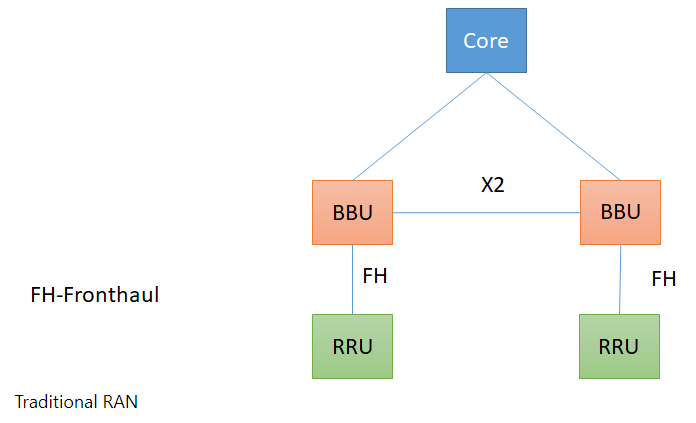Hello dears,
I found this useful blog (thanks @gsm.asad  )
)
What is Open RAN/O-RAN and why it matters for mobile operators and vendors, from a Cloud/Transport professional point of view.
Hope you like it (I did). And also added it to our Favorites: Useful Blogs.
Admin note: this post was updated with image below.
4 Likes
I have found also anotther try to explain all this… (From Mavenir’s John Baker)
If you cannot convince then, confuse them. 
Cloud RAN is NOT Open RAN and vRAN may not be Open vRAN
Both Closed and Open RAN can be “Virtualized”
Over the last week I have again seen presentations trying to tread gently around definitions, how to clarify the terms of “ Open RAN”, “Cloud RAN” and vRAN . They continue to introduce new definitions to confuse and mystify the operators whilst protecting proprietary solutions and monopolistic market conditions,
-
“Open RAN” is not a technology
a. Open RAN is the policy principle of using open interface specifications to ensure vendor interoperability
b. Unless you can demonstrate interoperability across specified interfaces you do NOT have Open RAN
c. Open RAN solutions can be built with both hardware and visualized in software.
-
“Open vRAN”
a. Open vRAN as with the majority of the RAN components built in software on a virtualized platform using disaggregated components verified and tested against Open Specified vendor interoperable interfaces
b. vRAN, unless it is stated using open specified Interfaces is a proprietary implementation
-
Cloud RAN
a. “Open Cloud RAN” is an architecture of deploying a vRAN solution with Open and demonstrated interoperable interfaces.
b. “Closed Cloud RAN” is an architecture of deploying a vRAN solution where vendor interoperability of specified interfaces cannot be demonstrated.
So let’s make sure we do not let the “Closed” marketeers of some large OEM/technology/consulting companies continue to confuse as an attempt to promote monopolistic solutions, slowing technology innovation for “Open Platforms”
If your solution is “proprietary” and you have no intent to be part of the “Open and Interoperable” ecosystem just say so – the customer will then decide.
Source: John Baker on LinkedIn: #openran | 42 comments
![]() )
)